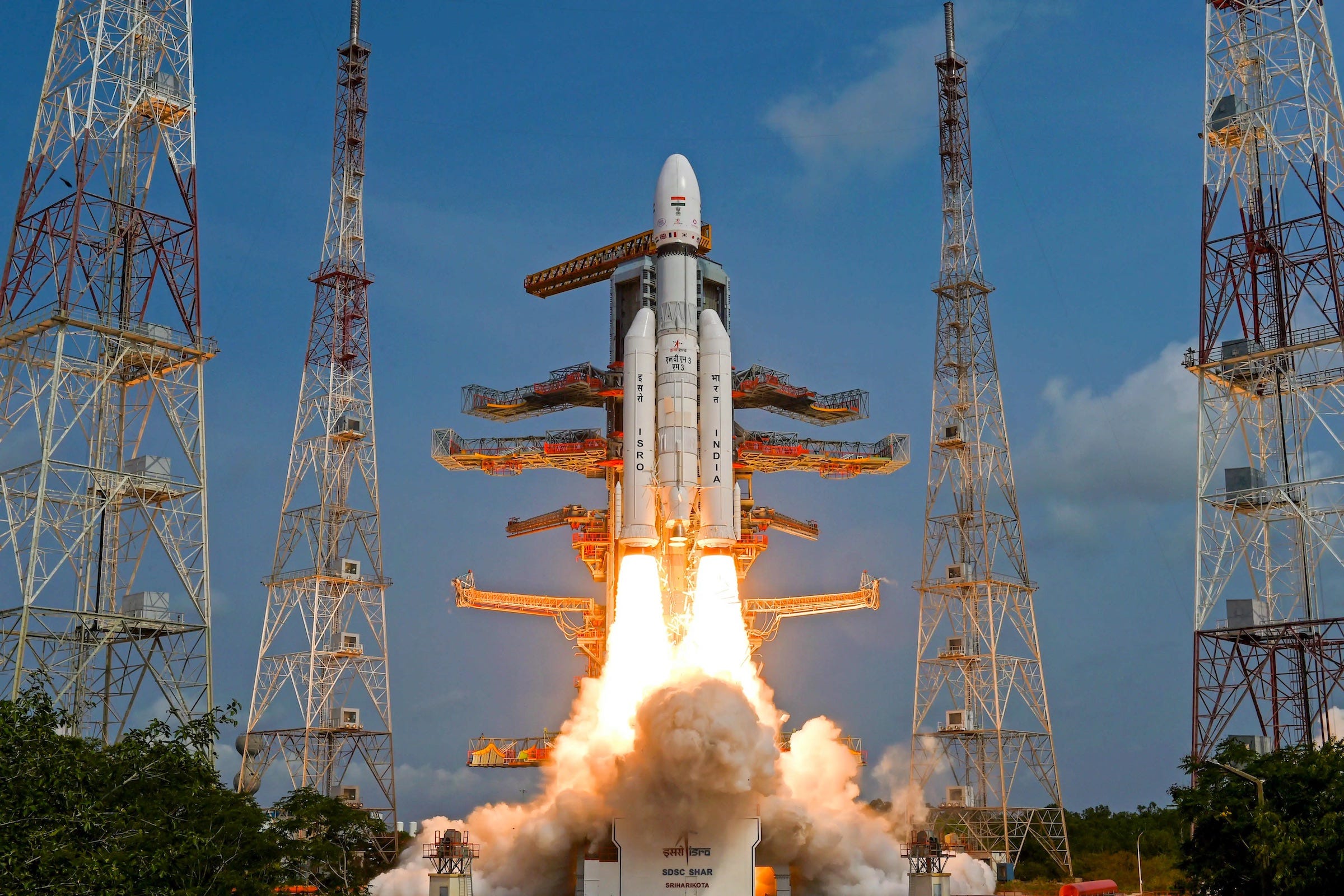09 Mar , 2024 By : Debdeep Gupta

Chandrayaan-3 is India's third mission to the moon and is part of the Chandrayaan program developed by the Indian Space Research Organisation (ISRO). The mission consists of a Vikram lunar lander and a Pragyan lunar rover, similar to those launched in Chandrayaan-2 in 2019. Chandrayaan-3 aims to demonstrate end-to-end capability in safe landing and roving on the lunar surface. The spacecraft was launched on July 14, 2023, from the Satish Dhawan Space Center. The Chandrayaan-3 spacecraft successfully landed on the lunar surface on August 23, 2023, making India the fourth nation in the world to achieve this feat.
Objectives: The main objectives of Chandrayaan-3 are to explore the lunar surface, study the mineral composition, and search for water ice on the moon. It aims to build on the success of its predecessor, Chandrayaan-2, and further expand our understanding of the moon and its resources.
Mission Components: Chandrayaan-3 consists of two main components - the Vikram lunar lander and the Pragyan lunar rover. The Vikram lander is designed to safely touch down on the lunar surface, while the Pragyan rover is equipped with scientific instruments to analyze the lunar soil and transmit data back to Earth.
Launch and Landing: The spacecraft was launched using the ISRO's reliable GSLV Mk III rocket from the Satish Dhawan Space Center in Sriharikota, India. After a journey of about four days, the spacecraft successfully entered lunar orbit. It then performed a precision landing and safely landed on the lunar surface.
Scientific Payload: The Pragyan rover is equipped with various scientific instruments, including cameras and spectrometers, to analyze the lunar soil and perform experiments. The data collected by these instruments will provide valuable insights into the moon's geology, mineral composition, and presence of water ice.
Collaborations: Chandrayaan-3 is a completely indigenous mission led by the Indian Space Research Organisation (ISRO). However, it also involves contributions and collaborations with other international space agencies and organizations, such as NASA. This collaboration allows for the exchange of scientific data and expertise, further enhancing the mission's scientific outcomes.
I hope this provides you with more information about the Chandrayaan-3 space mission. You can also visit ISRO’s official website for more details.
0 Comment